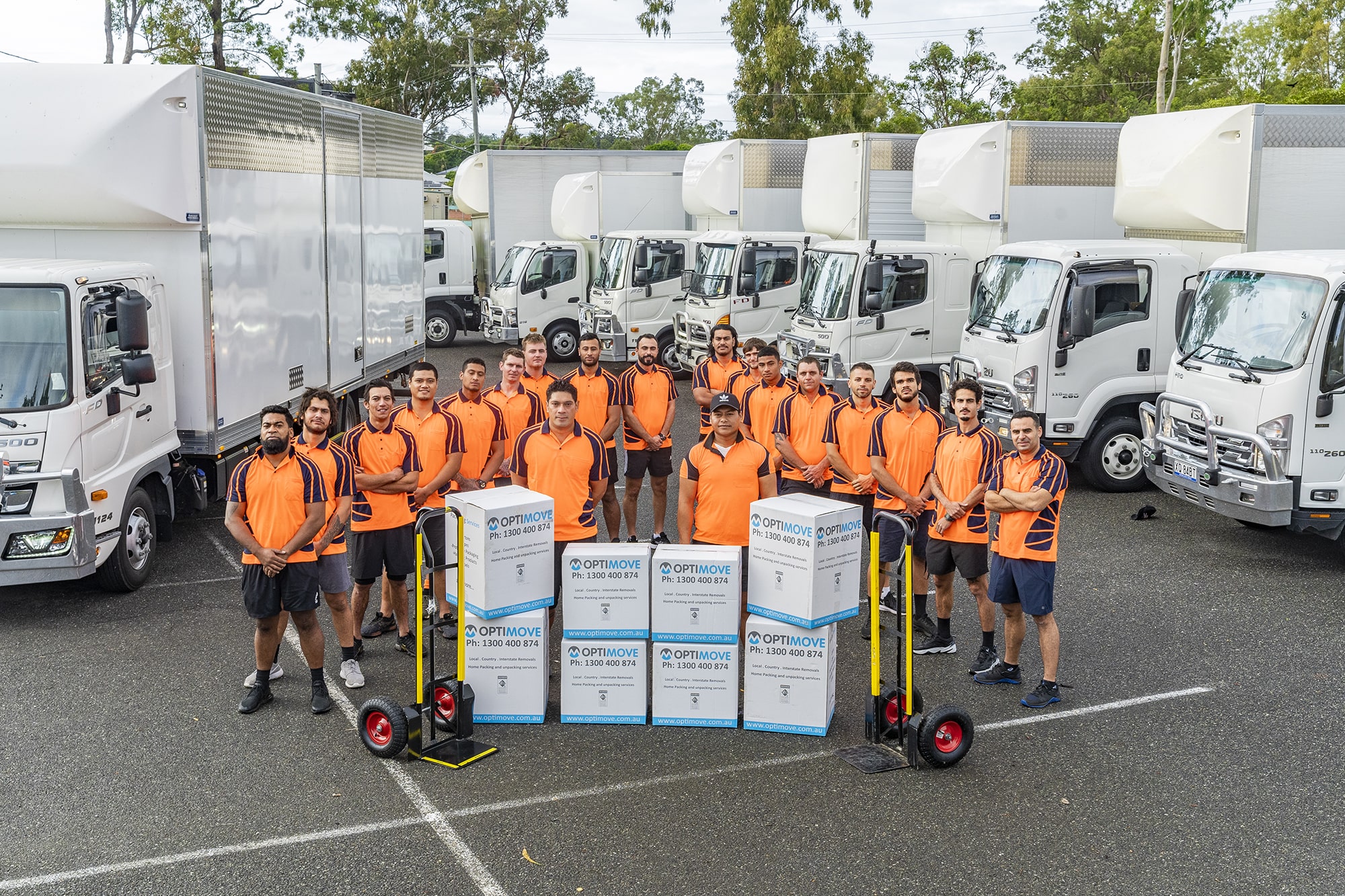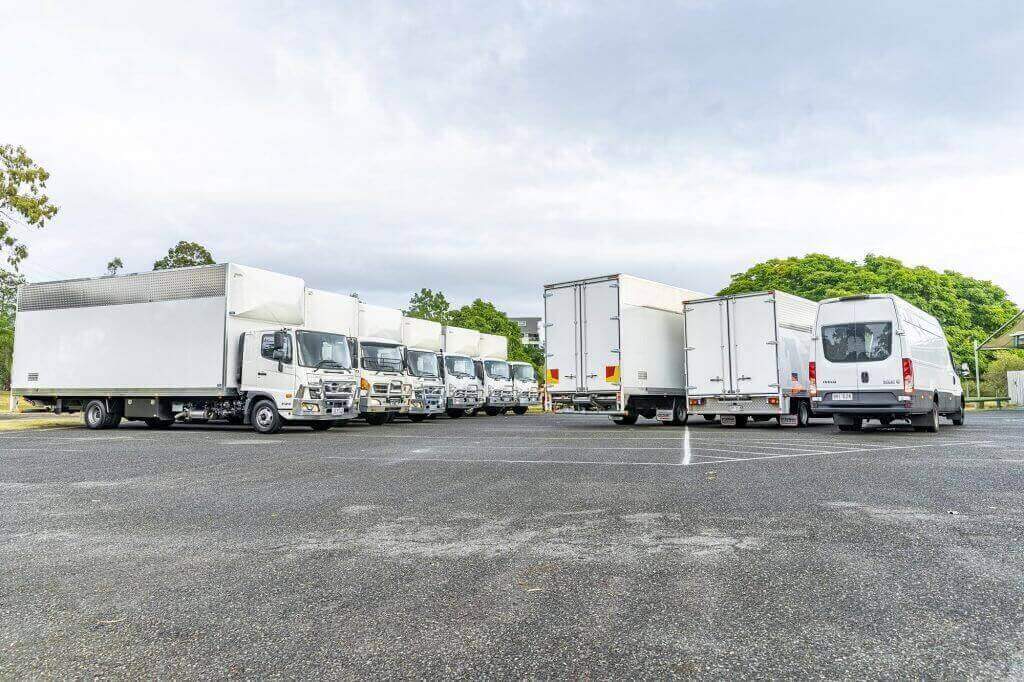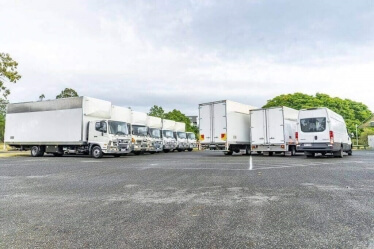Packing Hats, Coats, and Other Seasonal Clothes
Moving is a balancing act of what to bring with you and what to leave behind. Seasonal items like hats, coats and scarves are especially tricky. Do you keep them out even though they won’t be worn for months? Do you cram them into cupboards and drawers to protect clothing?
The best way to pack seasonal items is in an organised and stress-free manner. By following these simple steps, you can ensure that your seasonal clothes stay in great condition for when you need them next:

Packing Hats
Hats are an essential part of any wardrobe, providing protection from the elements and adding a dose of style to any outfit. Whether you’re looking for a wide-brimmed sun hat or a classic fedora, hats can be valuable accessories that make all the difference in your look.
With proper packing and storage techniques, you can keep them safe until they’re needed again.
- Fill your hat with clothing: To help it keep its shape, fill it with clothing. This will also help you maximise your packing space.
- Place your hat in a plastic bag: To protect it from damage, place hats in plastic bags or vacuum bags before packing them. This will prevent it from getting crushed or bent out of shape.
- Pack your hats at the top of your suitcase: Pack it at the top to keep it in the best possible condition. This will prevent all the clothes from crushing them.
Sample Packing List for Hats:
- Wide-brimmed sun hat
- Beanie
- Baseball cap
- Fedora
The best place to store a hat is in a hat box. This will protect your hats from dust, dirt and humidity while also allowing easy access when you need it. Remember to store all your hats together in one place to make them easier to find. You can use plastic bins with clear windows so you can find hats and winter coats easily.
Pack Coats in Storage Containers
Coats are essential for staying warm during the colder months, but they can take up a lot of room in your storage bins. Winter shoes, winter boots, and other bulky clothes are valuable and often expensive items, so it’s important to pack them carefully.
Here are some tips for packing coats:
- Use garment bags: A garment bag is a great way to protect cold-weather clothing during relocation. They will also occupy less space in plastic containers or packing boxes than if you fold heavy coats and place them inside suitcases.
- Roll your coat: Rolling your coat instead of folding it can help save space in your suitcase. When you roll your coat, it takes up less closet space and creates fewer wrinkles.
- Wear your coat while travelling: If you’re moving to a new house with a colder climate, consider wearing your coat. This will save you some space in your luggage and keep you warm on the plane or in the car.
Sample Packing List for Coats:
- Heavy winter jacket
- Lightweight raincoat
- Puffy vest
- Leather jacket
The best way to store coats is in storage containers or a vacuum bag. This will keep them safe, dry and free from dust, dirt and humidity. When you arrive at your new house, you have the option to hang your coats in closets or folded in drawers. This will depend on how much space you have available for clothing storage.
Packing Other Seasonal Clothing
In addition to hats and coats, there are a variety of other seasonal clothes that you may need to pack in clothing storage or a storage unit. Here are some tips for packing those items:
- Start with a packing list: The first step to packing any clothing is to make a packing list. This will help you keep track of everything you need to bring with you. A storage unit has valuable space, so make sure the moving boxes are filled with the items you need to store like your wedding dress or other accessories.
- Use compression bags: Compression bags are a great way to save space in your luggage. They allow you to pack more items while still keeping them organised. The vacuum-sealed bags come with a vacuum hose so you can store delicate sweaters like cashmere sweaters safely and not attract insects.
Sample Packing List for Winter Clothes:
- Sweaters
- Scarves
- Gloves
- Boots
- Thermal underwear
- Long-sleeved shirts
- Jeans and trousers
- Hoodies and sweatshirts
- Raincoat
- Umbrella
- Sunglasses
With these suggestions and sample packing lists, you can pack for your long-distance move like a pro. Remember to plan, pack versatile pieces, and use compression bags when possible. Be prepared for lighter clothing in case the weather warms.
Packing Tips for Other Items:
Aside from clothing, consider packing a few other items for your relocation. The moving truck will be filled with one moving box after another so make sure you know where everything is.
Here are some tips for packing these items:
- Pack electronics in their original packaging: To protect your electronics, it’s best to pack them in their original packaging. This will help prevent any damage that could occur during transit.
- Pack lightweight items together: Pack lightweight items such as toiletries and books. This will help you save space in your suitcase and ensure everything is remembered.
- Pack an extra set of clothes: It’s always a good idea to pack an extra set of clothing in case your luggage gets lost or delayed. This way, you will need something to wear.
Sample Packing List
- Toiletries
- Cords and chargers
- Books
- Meds
- Portable speaker
- Wallet and passport
- Spare set of clothes
- Sunglasses case
- Travel pillow
- Camera gear
When packing for a relocation, it’s important to consider the items you’ll need. These tips and sample packing lists can help ensure you have everything you need to store clothing and condense clothing items for a big move.
Storage Space Tips When Packing
- Sort and Declutter: Before packing, go through your wardrobe and sort your seasonal clothes into three piles: keep, donate, and throw away. Donate any clothes still in good condition but that you no longer wear, and throw away any stained, ripped, or otherwise damaged items. This will help you to declutter your wardrobe and make packing easier.
- Wash and Dry Clean: Clean your clothes according to their care instructions to prevent stains and odours from setting in during storage. Make sure that all items are completely dry before packing them. If you need help cleaning a particular item, check the care label or consult a professional cleaner.
- Use the Right Materials: Use acid-free tissue paper or packing paper to wrap delicate items like hats and scarves, and avoid using plastic bags, which can trap moisture and cause mould or mildew to grow. Use garment bags to protect coats and other clothing from dust, dirt, and wrinkles.
- Label Your Boxes: Write the contents of each box on the outside using a permanent marker, and consider colour-coding your boxes for easy identification. For example, you might use blue boxes for winter clothes and green boxes for summer clothes. This will help you quickly find the necessary items when ready to unpack.
- Use Garment Bags for Coats: Use garment bags to protect your winter wardrobe from wrinkles and creases. Hang the coats and winter gear on padded hangers inside the garment bags, and ensure the zippers or buttons are fastened when you store your winter-season clothing. This will help the cold-weather clothing retain its shape and look fresh when you’re ready to wear them again.
- Use Storage Boxes: Use sturdy, stackable boxes with lids to store hats, scarves, and other small accessories. Line the boxes with acid-free tissue or packing paper to protect the items from dust and dirt. You can also use plastic storage containers with lids, but make sure they are made from breathable materials to prevent moisture from building up.
- Store in a Cool, Dry Place: Choose a cool, dark, and well-ventilated location to store your seasonal clothes. Avoid storing them in damp or humid areas like basements or attics, which can cause mould or mildew to grow. If you live in a humid climate, consider using a dehumidifier to remove excess moisture from the air. Fold winter clothing and store them inside vacuum-sealed bags to separate them from other clothing items.
- Store Hats Properly: Store hats in a hat box, plastic storage bins, or on a shelf with other hats of similar size and shape, and avoid stacking them on top of each other. Stuff the inside of each hat with acid-free tissue paper to help it retain its shape, and place a layer of tissue paper or packing paper between each hat to prevent them from rubbing against each other.
Conclusion
Packing for relocation doesn’t have to be stressful. With the right tips and packing lists, you can ensure you have everything you need and nothing that you don’t. By decluttering your wardrobe, using the right storage materials, labelling your boxes, and storing your seasonal clothes in cool, dry places, and a storage container, you can rest assured that your items will be safe and ready to wear when needed.
Hire Optimove for the best packing tips and advice on storing winter clothing in plastic buns or cardboard boxes so they stay fresh and in good condition. With our expertise, you can ensure your winter clothes storage are safely packed and ready to go when it’s time for your next adventure.



































